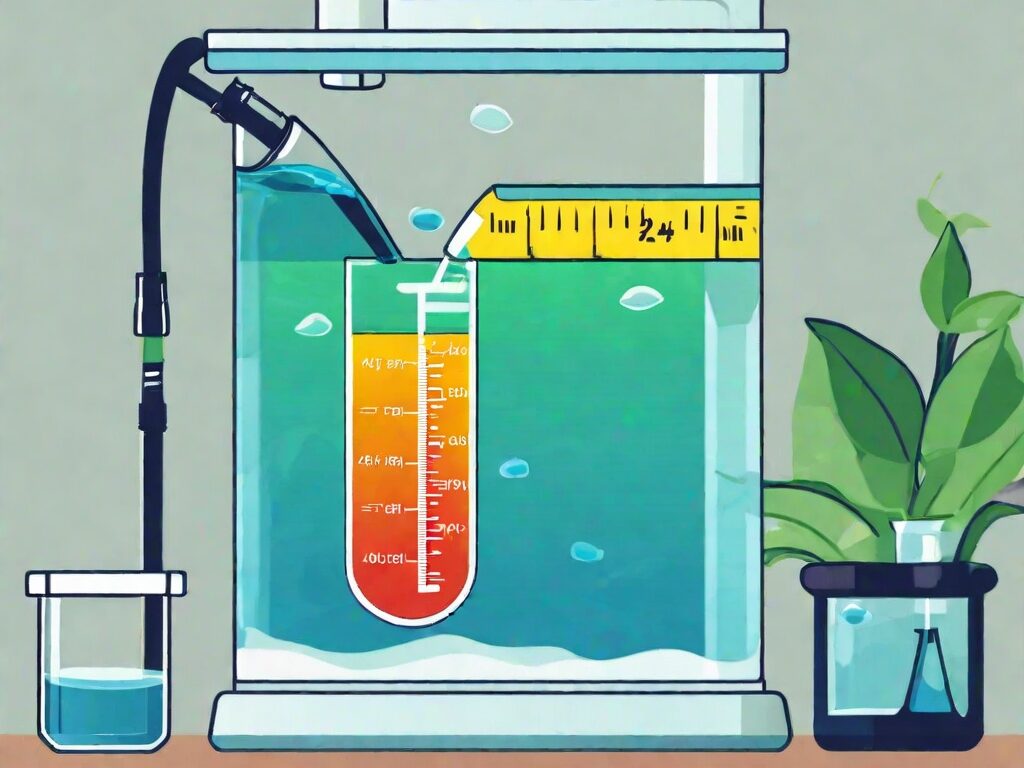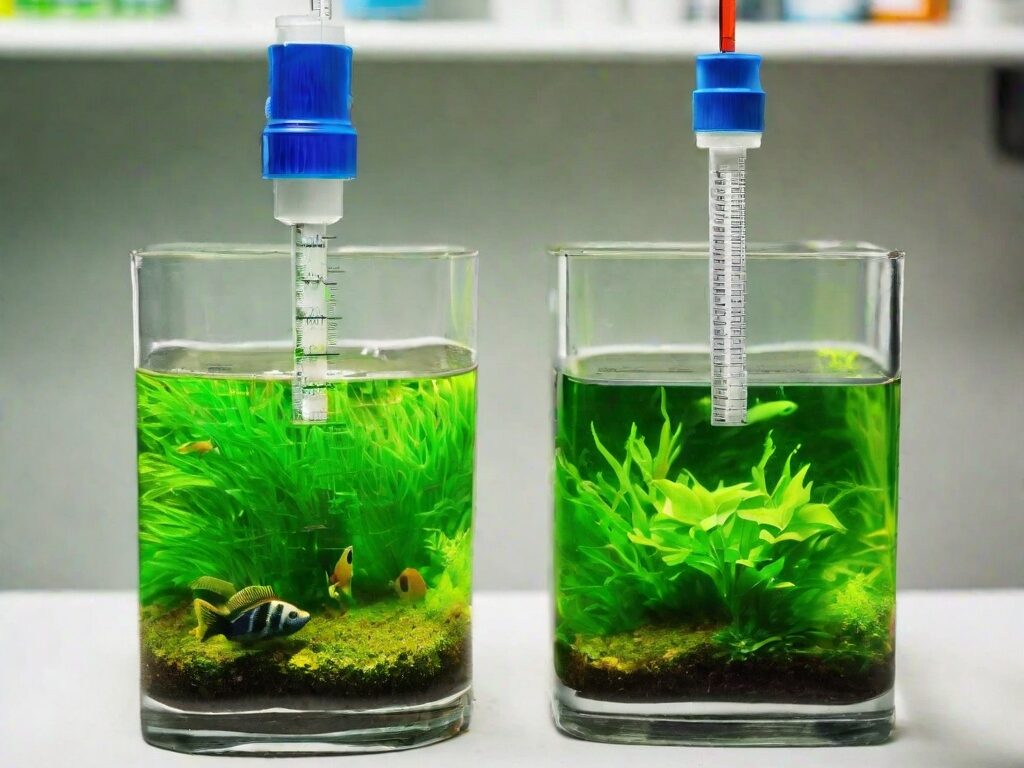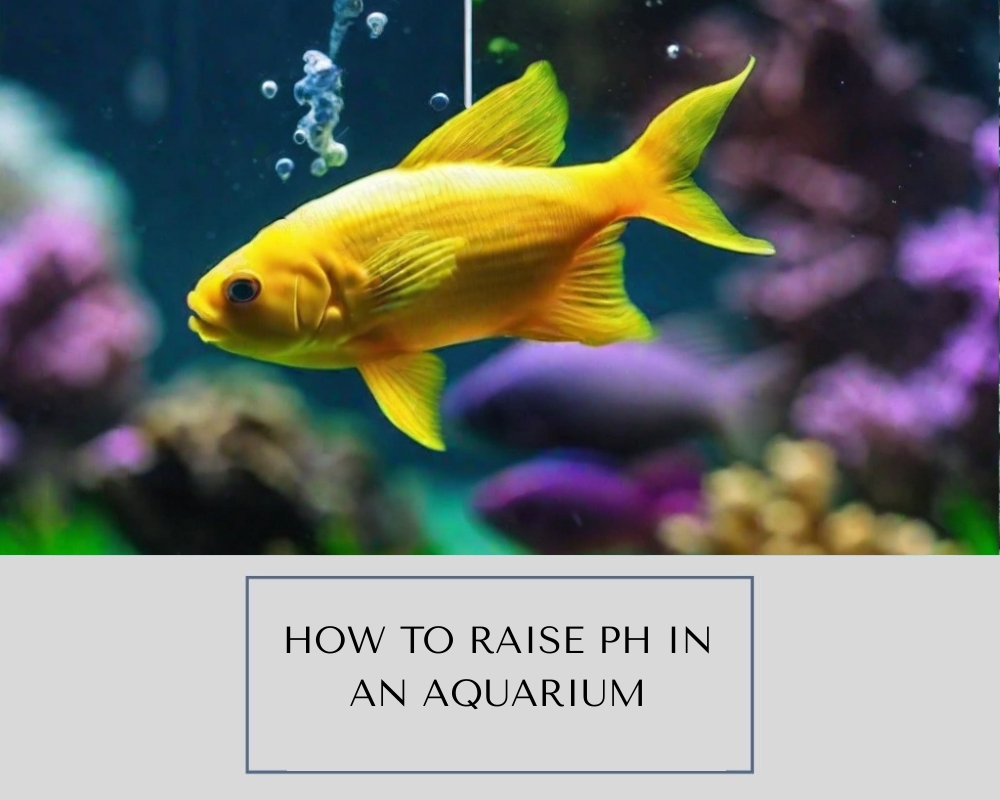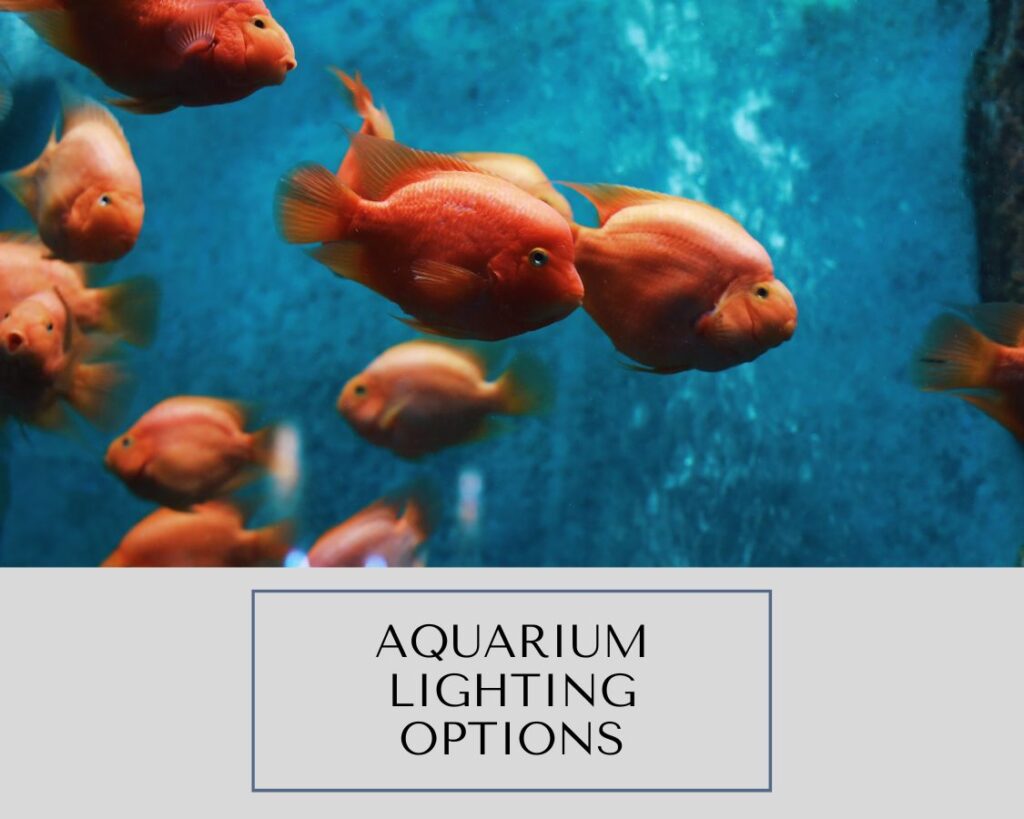Ah, the humble aquarium. A glass-walled portal into the depths of the earth’s most captivating landscapes — the underwater world. It’s more than just a decoration. Your aquarium is a vibrant, living micro-environment, a self-contained slice of nature’s mystery. And it’s your responsibility to maintain it. One parameter that weighs heavily on this responsibility is the pH level in your aquarium. If you’ve ever kept an aquarium, you know how important this is. Too acidic, and your fish might end up gasping for breath, their resiliency and vigor compromised.
Understanding the Science: pH and Its Impact on Aquarium Health
Looking past the doldrums of your high school chemistry class, the pH scale is something you ought to remember. It’s the measure of how acidic or basic water is. You see, fish, much like people, prefer a certain living environment. Change that suddenly, and you’ll have a bunch of fussy tenants making a great deal of fuss.
Nearly all fish prefer neutral pH levels — around seven on the pH scale, give or take a bit. However, like that friend of yours who enjoys pineapple on their pizza, there are fishy outliers who prefer more acidic or alkaline conditions. Each gill-bearing tenant in your aquarium may require a different pH, with variations leading to potential health issues. Unexpected pH fluctuations? These can be akin to an earthquake for your fish, manifesting distress signs ranging from lethargy to gasping for breath, clamped fins, or even serious health problems like fungal infections.
| Aquarium Fish Species | Ideal pH Range |
|---|---|
| Neon Tetra | 6.0 – 7.0 |
| Betta | 6.5 – 7.5 |
| Discus | 6.0 – 7.0 |
| Goldfish | 7.0 – 7.5 |
| African Cichlid | 7.8 – 8.5 |
| Swordtail | 7.0 – 8.4 |
| Guppy | 6.8 – 7.8 |
| Clown Loach | 6.0 – 6.5 |
| Platy | 7.0 – 8.5 |
| Angelfish | 6.5 – 7.0 |
Identifying the Causes of Low pH in Aquariums
So, what causes these troubling dips in pH? Several factors can play a villain in this underwater tale. Aquatic Sherlock, it’s time for some investigation.
Firstly, the decay of debris, food leftovers, plant matter, and other organic material can acidify the environment. Tiny, unseen processes of decay and degradation are contributing more than you may imagine to the downward spiral in pH.
Secondly, some substrates have a stealthy way of disturbing the pH. Acidic substrate types can create a dropping trend in the pH. Additionally, most aquariums consume some quantity of tap water. If the tap water source is acidic, it can directly lower the pH in your aquarium.

Taking Control: Effective Methods to Raise pH in Aquariums
Regular Water Changes with pH-balanced Water
Just as we need clean air to breathe, fish need clean, balanced water for optimal health. Regular water changes can help balance pH and reduce substances that acidify water. But remember, when adding new water to your aquarium, it’s important to de-chlorinate it first. Chlorine can be harmful to fish and beneficial bacteria.
And if you’re wondering about the pH of the new water, you might want to use deionized water or water processed through reverse osmosis. While it may require some extra effort and cost, these processed waters usually maintain a neutral pH and have fewer impurities.
Enhancing Aeration and Gas Exchange
Here’s another way to curb those dropping pH levels. Upping the oxygen content and promoting gas exchange can help keep the water healthy for your fish. The process of aeration enables the exchange of gases between water and the atmosphere, removing excess carbon dioxide from the water – a major contributor to acidic conditions.
Tools like aerators, air stones and surface skimmers can be beneficial. Using an air pump connected to an air stone can create a continuous stream of bubbles, promoting gas exchange. Alternatively, water movement from filters, powerheads or surface skimmers can also help enhance oxygenation.
Choose Your Substrate Wisely
Your substrate doesn’t just add to the aesthetic appeal of the aquarium, it can also affect the pH in your aquarium. Some substrates can leach minerals that raise pH over time.
Specific substrates made with calcium carbonate, like crushed coral or aragonite sand, could be a great choice in this case. When placed in your fish’s aquatic abode, these substrates slowly release ions that help buffer the water and elevate the pH level. Substrate-based solutions work slowly over time, offering a long-term solution more than a rapid fix.
Consider pH-Raising Supplements
Did you know baking soda could give your pH that much-needed lift? It’s a surprising but effective — and readily available — way to increase pH. However, be cautious. Adding too much baking soda too quickly can cause a sudden spike in pH, which can be seriously harmful. It’s best to apply in small amounts, testing your water’s pH frequently as you go.
Use Natural pH-Altering Decorations
Decoration in a fish tank doesn’t just serve a purely cosmetic purpose. Some natural decorations like limestone or coral rocks can also increase the pH. These rocks act as slow-release calcium carbonate sources. Over time, the rocks dissolve and leach calcium carbonate into your aquarium water, gradually raising the pH. Remember to make sure any rocks are thoroughly cleaned and safe for your aquarium before adding them.
Employ pH-Buffering Solutions
For those difficult aquariums that seem to resist other methods of raising pH, commercially available pH-buffering solutions can provide an effective resolution to this task. While these are usually the last resort, they can help keep your pH levels stable, giving your fish a more comfortable and consistent home. Careful measurement and following the manufacturer’s instructions could ensure the efficient application of these solutions.

Monitoring and Maintaining Stable pH Levels
What’s more important than reaching the peak of your uphill pH battle? Keeping it there.
Here’s where your vigilance comes in. Frequent pH testing is critical to keep track of any changes and to make sure your hard-earned pH balance remains stable. High-quality liquid or digital pH testing kits can be your trusty sidekicks in this never-ending saga. However, remember that instant solutions rarely provide long-lasting results in the realm of aquariums. The key to success lies in maintaining consistent water changes, aeration, and substrate selection schedules. It’s not always about heroic efforts, but more about the incremental, regular steps you take.
If you ever hit a road bump, don’t lose heart, experienced aquarists or aquarium specialists can provide invaluable insights. They have been where you are and can help guide you through the nuances of aquatic life.
Conclusion
Aquariums are wondrous, soothing, and utterly captivating. However, maintaining an aquarium is not just about providing a visual treat. It’s about creating an environment where your aquatic buddies can thrive. Watching your fish glide effortlessly through the crystal-clear water of your well-balanced aquarium is a reward that’s beyond compare.
Maintaining optimal pH levels is a significant part of creating a thriving aquarium ecosystem. It might appear daunting, but with a proactive approach and the willingness to respond to changes, you’ll find it to be a fascinating part and parcel of the joyful journey of aquarists.
And do remember, sharing is caring. Your experiences, victories, and even failures can be insightful for others treading the same path. So, don’t forget to share your thoughts and ideas in the comments section!



